Detailed Analysis of Bond Market: Valuation, Demand and Supply Factors
VerifiedAdded on 2021/04/17
|14
|2061
|28
Homework Assignment
AI Summary
This homework assignment provides a comprehensive analysis of the bond market, addressing key concepts such as bond valuation, factors influencing demand and supply, and the impact of various economic indicators. The assignment begins with calculations of bond market values under different scenarios, exploring the implications of discounts and premiums, and relating these to market expectations regarding interest rates, economic expansion, and risk. It then delves into the factors affecting the demand for bonds, including expected rate of return, business cycles, perceived risk, and liquidity. Furthermore, the assignment explores the supply side of the bond market, detailing the impact of cash flow needs, investment expectations, government spending, monetary policy, and expected inflation. The analysis incorporates figures and references to support the discussion of these complex financial concepts.
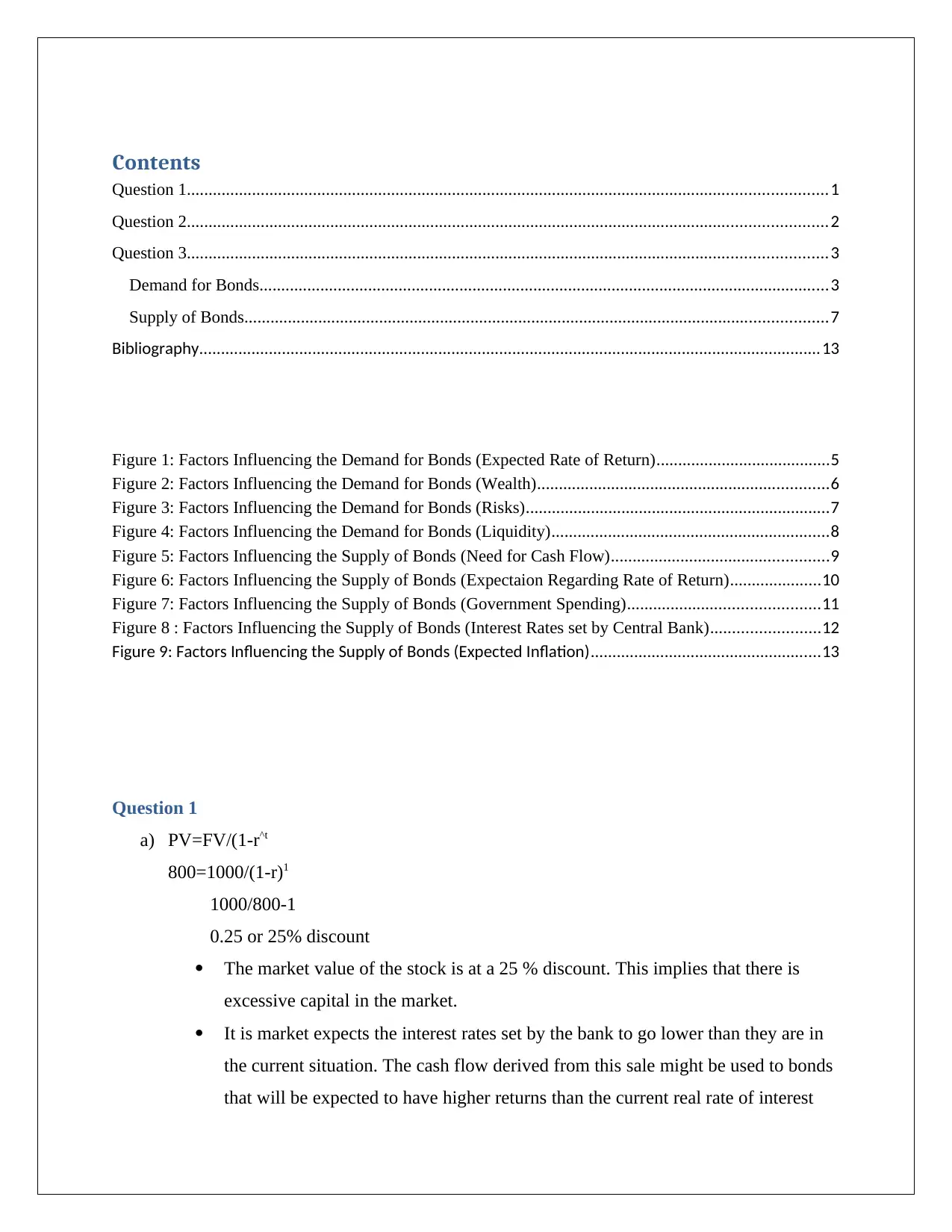
Contents
Question 1...................................................................................................................................................1
Question 2...................................................................................................................................................2
Question 3...................................................................................................................................................3
Demand for Bonds...................................................................................................................................3
Supply of Bonds......................................................................................................................................7
Bibliography...............................................................................................................................................13
Figure 1: Factors Influencing the Demand for Bonds (Expected Rate of Return)........................................5
Figure 2: Factors Influencing the Demand for Bonds (Wealth)...................................................................6
Figure 3: Factors Influencing the Demand for Bonds (Risks)......................................................................7
Figure 4: Factors Influencing the Demand for Bonds (Liquidity)................................................................8
Figure 5: Factors Influencing the Supply of Bonds (Need for Cash Flow)..................................................9
Figure 6: Factors Influencing the Supply of Bonds (Expectaion Regarding Rate of Return).....................10
Figure 7: Factors Influencing the Supply of Bonds (Government Spending)............................................11
Figure 8 : Factors Influencing the Supply of Bonds (Interest Rates set by Central Bank).........................12
Figure 9: Factors Influencing the Supply of Bonds (Expected Inflation).....................................................13
Question 1
a) PV=FV/(1-r^t
800=1000/(1-r)1
1000/800-1
0.25 or 25% discount
The market value of the stock is at a 25 % discount. This implies that there is
excessive capital in the market.
It is market expects the interest rates set by the bank to go lower than they are in
the current situation. The cash flow derived from this sale might be used to bonds
that will be expected to have higher returns than the current real rate of interest
Question 1...................................................................................................................................................1
Question 2...................................................................................................................................................2
Question 3...................................................................................................................................................3
Demand for Bonds...................................................................................................................................3
Supply of Bonds......................................................................................................................................7
Bibliography...............................................................................................................................................13
Figure 1: Factors Influencing the Demand for Bonds (Expected Rate of Return)........................................5
Figure 2: Factors Influencing the Demand for Bonds (Wealth)...................................................................6
Figure 3: Factors Influencing the Demand for Bonds (Risks)......................................................................7
Figure 4: Factors Influencing the Demand for Bonds (Liquidity)................................................................8
Figure 5: Factors Influencing the Supply of Bonds (Need for Cash Flow)..................................................9
Figure 6: Factors Influencing the Supply of Bonds (Expectaion Regarding Rate of Return).....................10
Figure 7: Factors Influencing the Supply of Bonds (Government Spending)............................................11
Figure 8 : Factors Influencing the Supply of Bonds (Interest Rates set by Central Bank).........................12
Figure 9: Factors Influencing the Supply of Bonds (Expected Inflation).....................................................13
Question 1
a) PV=FV/(1-r^t
800=1000/(1-r)1
1000/800-1
0.25 or 25% discount
The market value of the stock is at a 25 % discount. This implies that there is
excessive capital in the market.
It is market expects the interest rates set by the bank to go lower than they are in
the current situation. The cash flow derived from this sale might be used to bonds
that will be expected to have higher returns than the current real rate of interest
Paraphrase This Document
Need a fresh take? Get an instant paraphrase of this document with our AI Paraphraser
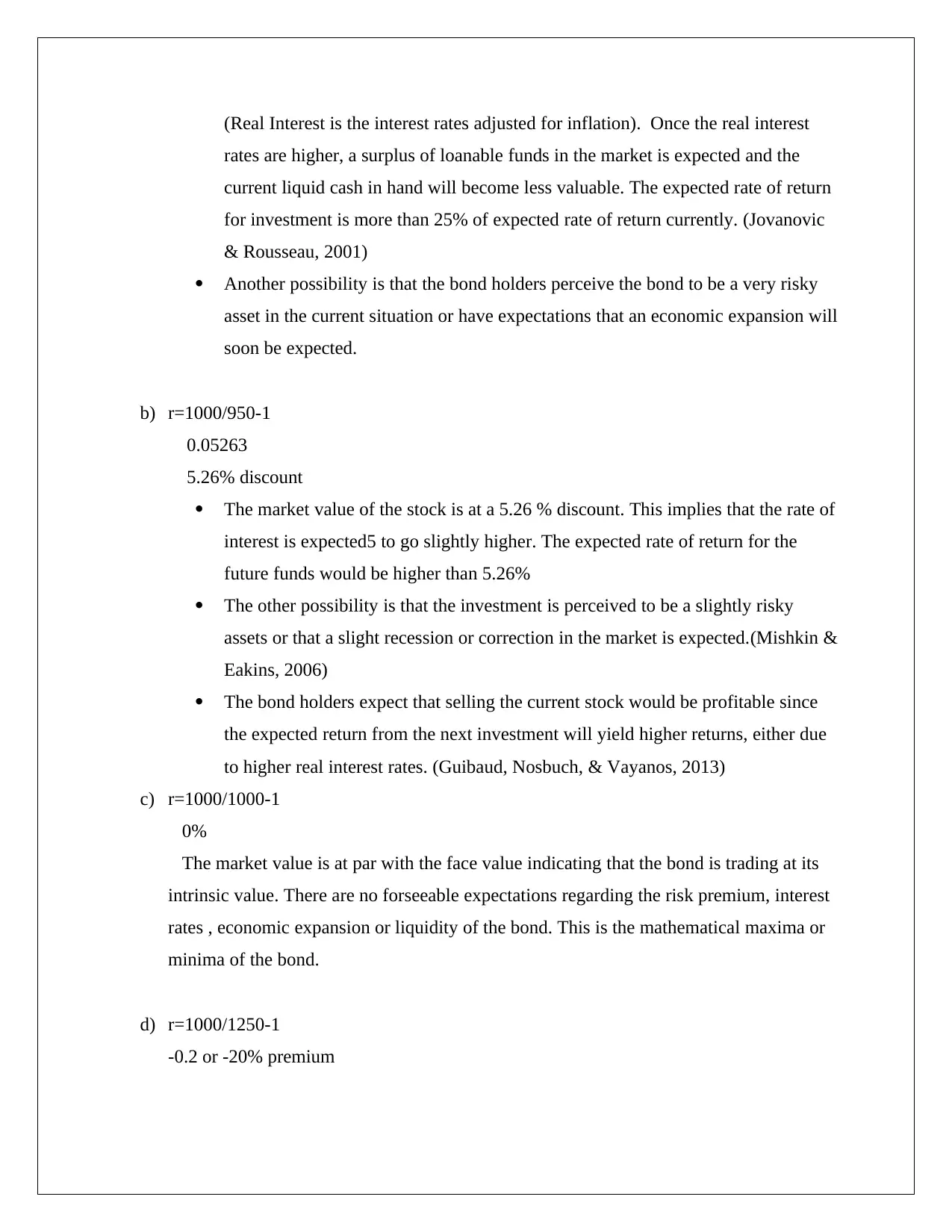
(Real Interest is the interest rates adjusted for inflation). Once the real interest
rates are higher, a surplus of loanable funds in the market is expected and the
current liquid cash in hand will become less valuable. The expected rate of return
for investment is more than 25% of expected rate of return currently. (Jovanovic
& Rousseau, 2001)
Another possibility is that the bond holders perceive the bond to be a very risky
asset in the current situation or have expectations that an economic expansion will
soon be expected.
b) r=1000/950-1
0.05263
5.26% discount
The market value of the stock is at a 5.26 % discount. This implies that the rate of
interest is expected5 to go slightly higher. The expected rate of return for the
future funds would be higher than 5.26%
The other possibility is that the investment is perceived to be a slightly risky
assets or that a slight recession or correction in the market is expected.(Mishkin &
Eakins, 2006)
The bond holders expect that selling the current stock would be profitable since
the expected return from the next investment will yield higher returns, either due
to higher real interest rates. (Guibaud, Nosbuch, & Vayanos, 2013)
c) r=1000/1000-1
0%
The market value is at par with the face value indicating that the bond is trading at its
intrinsic value. There are no forseeable expectations regarding the risk premium, interest
rates , economic expansion or liquidity of the bond. This is the mathematical maxima or
minima of the bond.
d) r=1000/1250-1
-0.2 or -20% premium
rates are higher, a surplus of loanable funds in the market is expected and the
current liquid cash in hand will become less valuable. The expected rate of return
for investment is more than 25% of expected rate of return currently. (Jovanovic
& Rousseau, 2001)
Another possibility is that the bond holders perceive the bond to be a very risky
asset in the current situation or have expectations that an economic expansion will
soon be expected.
b) r=1000/950-1
0.05263
5.26% discount
The market value of the stock is at a 5.26 % discount. This implies that the rate of
interest is expected5 to go slightly higher. The expected rate of return for the
future funds would be higher than 5.26%
The other possibility is that the investment is perceived to be a slightly risky
assets or that a slight recession or correction in the market is expected.(Mishkin &
Eakins, 2006)
The bond holders expect that selling the current stock would be profitable since
the expected return from the next investment will yield higher returns, either due
to higher real interest rates. (Guibaud, Nosbuch, & Vayanos, 2013)
c) r=1000/1000-1
0%
The market value is at par with the face value indicating that the bond is trading at its
intrinsic value. There are no forseeable expectations regarding the risk premium, interest
rates , economic expansion or liquidity of the bond. This is the mathematical maxima or
minima of the bond.
d) r=1000/1250-1
-0.2 or -20% premium
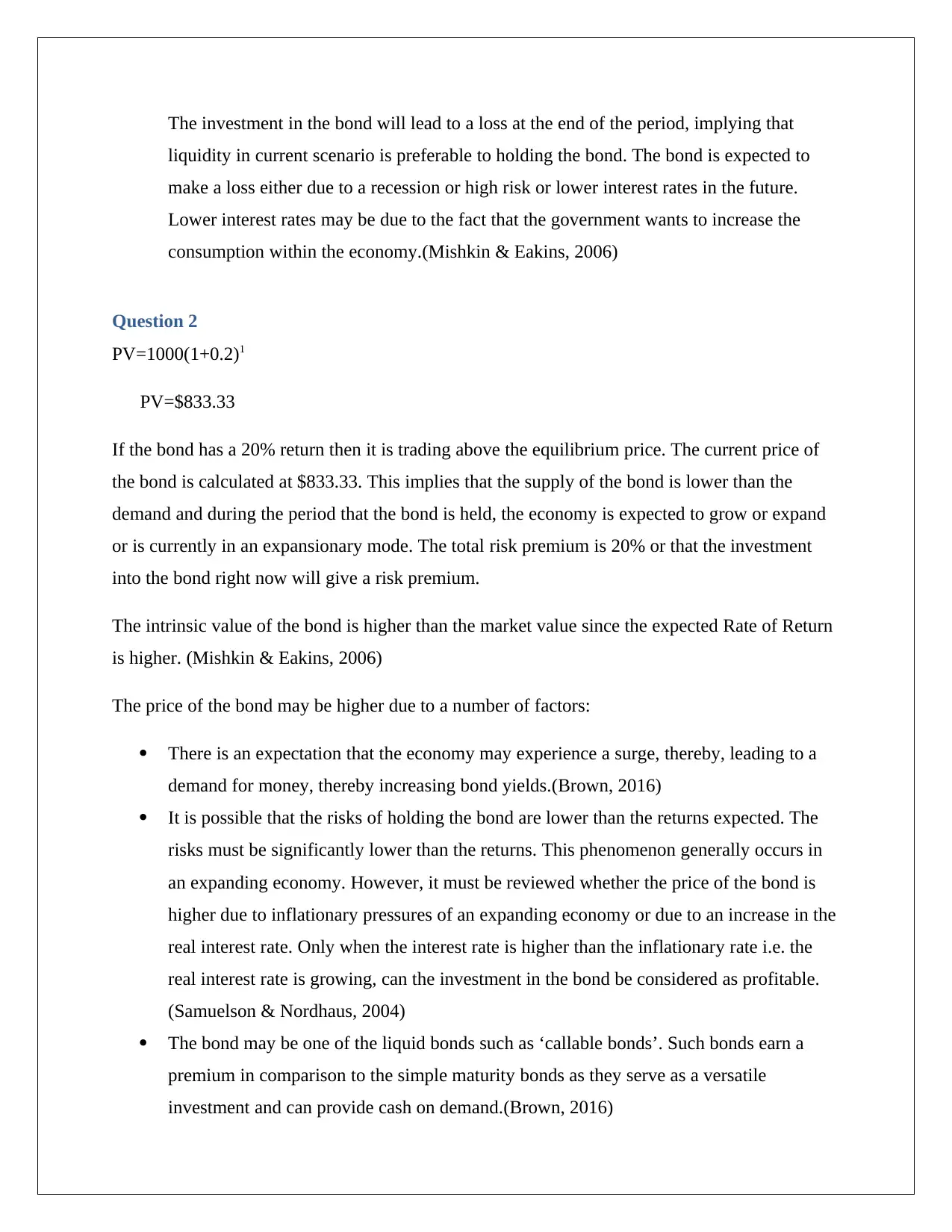
The investment in the bond will lead to a loss at the end of the period, implying that
liquidity in current scenario is preferable to holding the bond. The bond is expected to
make a loss either due to a recession or high risk or lower interest rates in the future.
Lower interest rates may be due to the fact that the government wants to increase the
consumption within the economy.(Mishkin & Eakins, 2006)
Question 2
PV=1000(1+0.2)1
PV=$833.33
If the bond has a 20% return then it is trading above the equilibrium price. The current price of
the bond is calculated at $833.33. This implies that the supply of the bond is lower than the
demand and during the period that the bond is held, the economy is expected to grow or expand
or is currently in an expansionary mode. The total risk premium is 20% or that the investment
into the bond right now will give a risk premium.
The intrinsic value of the bond is higher than the market value since the expected Rate of Return
is higher. (Mishkin & Eakins, 2006)
The price of the bond may be higher due to a number of factors:
There is an expectation that the economy may experience a surge, thereby, leading to a
demand for money, thereby increasing bond yields.(Brown, 2016)
It is possible that the risks of holding the bond are lower than the returns expected. The
risks must be significantly lower than the returns. This phenomenon generally occurs in
an expanding economy. However, it must be reviewed whether the price of the bond is
higher due to inflationary pressures of an expanding economy or due to an increase in the
real interest rate. Only when the interest rate is higher than the inflationary rate i.e. the
real interest rate is growing, can the investment in the bond be considered as profitable.
(Samuelson & Nordhaus, 2004)
The bond may be one of the liquid bonds such as ‘callable bonds’. Such bonds earn a
premium in comparison to the simple maturity bonds as they serve as a versatile
investment and can provide cash on demand.(Brown, 2016)
liquidity in current scenario is preferable to holding the bond. The bond is expected to
make a loss either due to a recession or high risk or lower interest rates in the future.
Lower interest rates may be due to the fact that the government wants to increase the
consumption within the economy.(Mishkin & Eakins, 2006)
Question 2
PV=1000(1+0.2)1
PV=$833.33
If the bond has a 20% return then it is trading above the equilibrium price. The current price of
the bond is calculated at $833.33. This implies that the supply of the bond is lower than the
demand and during the period that the bond is held, the economy is expected to grow or expand
or is currently in an expansionary mode. The total risk premium is 20% or that the investment
into the bond right now will give a risk premium.
The intrinsic value of the bond is higher than the market value since the expected Rate of Return
is higher. (Mishkin & Eakins, 2006)
The price of the bond may be higher due to a number of factors:
There is an expectation that the economy may experience a surge, thereby, leading to a
demand for money, thereby increasing bond yields.(Brown, 2016)
It is possible that the risks of holding the bond are lower than the returns expected. The
risks must be significantly lower than the returns. This phenomenon generally occurs in
an expanding economy. However, it must be reviewed whether the price of the bond is
higher due to inflationary pressures of an expanding economy or due to an increase in the
real interest rate. Only when the interest rate is higher than the inflationary rate i.e. the
real interest rate is growing, can the investment in the bond be considered as profitable.
(Samuelson & Nordhaus, 2004)
The bond may be one of the liquid bonds such as ‘callable bonds’. Such bonds earn a
premium in comparison to the simple maturity bonds as they serve as a versatile
investment and can provide cash on demand.(Brown, 2016)
⊘ This is a preview!⊘
Do you want full access?
Subscribe today to unlock all pages.

Trusted by 1+ million students worldwide
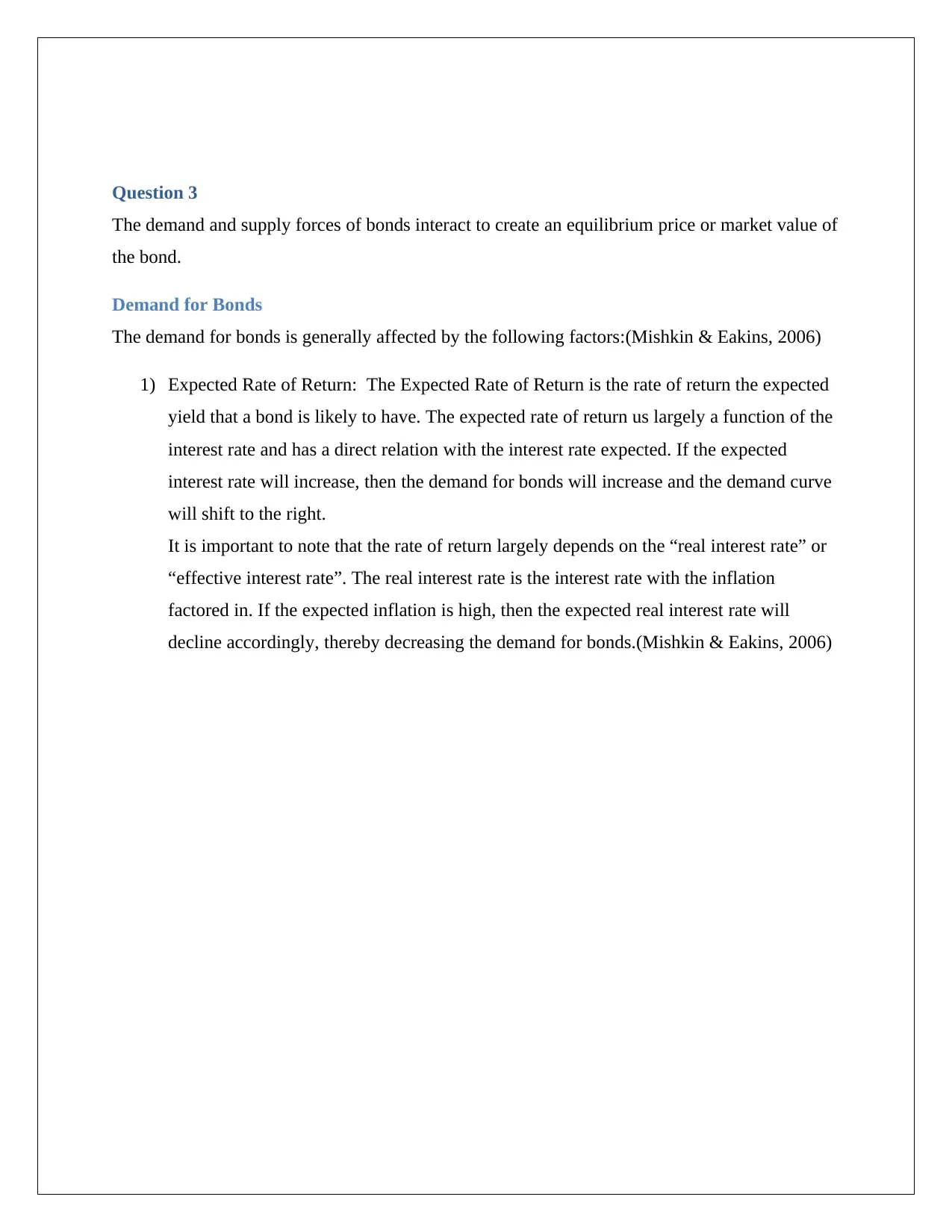
Question 3
The demand and supply forces of bonds interact to create an equilibrium price or market value of
the bond.
Demand for Bonds
The demand for bonds is generally affected by the following factors:(Mishkin & Eakins, 2006)
1) Expected Rate of Return: The Expected Rate of Return is the rate of return the expected
yield that a bond is likely to have. The expected rate of return us largely a function of the
interest rate and has a direct relation with the interest rate expected. If the expected
interest rate will increase, then the demand for bonds will increase and the demand curve
will shift to the right.
It is important to note that the rate of return largely depends on the “real interest rate” or
“effective interest rate”. The real interest rate is the interest rate with the inflation
factored in. If the expected inflation is high, then the expected real interest rate will
decline accordingly, thereby decreasing the demand for bonds.(Mishkin & Eakins, 2006)
The demand and supply forces of bonds interact to create an equilibrium price or market value of
the bond.
Demand for Bonds
The demand for bonds is generally affected by the following factors:(Mishkin & Eakins, 2006)
1) Expected Rate of Return: The Expected Rate of Return is the rate of return the expected
yield that a bond is likely to have. The expected rate of return us largely a function of the
interest rate and has a direct relation with the interest rate expected. If the expected
interest rate will increase, then the demand for bonds will increase and the demand curve
will shift to the right.
It is important to note that the rate of return largely depends on the “real interest rate” or
“effective interest rate”. The real interest rate is the interest rate with the inflation
factored in. If the expected inflation is high, then the expected real interest rate will
decline accordingly, thereby decreasing the demand for bonds.(Mishkin & Eakins, 2006)
Paraphrase This Document
Need a fresh take? Get an instant paraphrase of this document with our AI Paraphraser
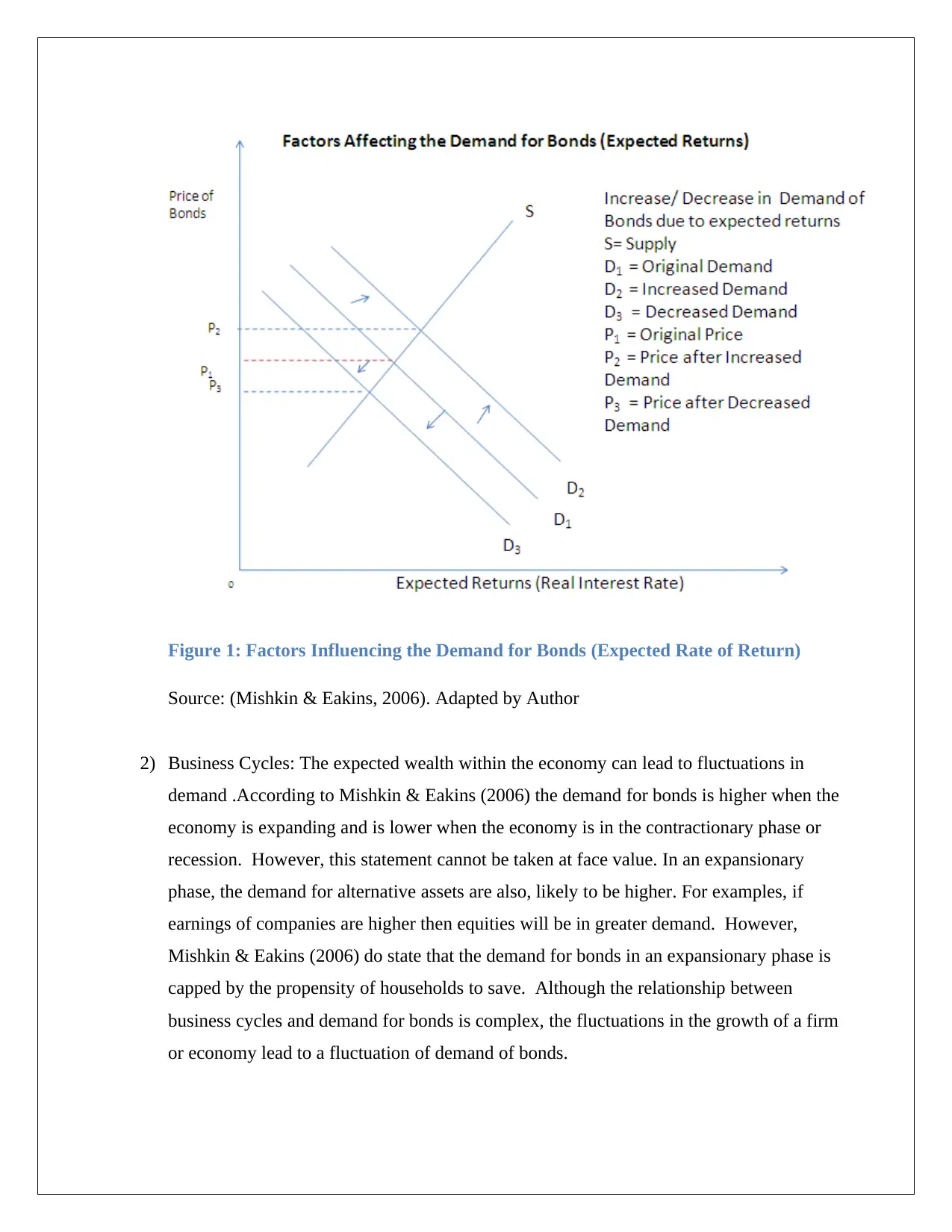
Figure 1: Factors Influencing the Demand for Bonds (Expected Rate of Return)
Source: (Mishkin & Eakins, 2006). Adapted by Author
2) Business Cycles: The expected wealth within the economy can lead to fluctuations in
demand .According to Mishkin & Eakins (2006) the demand for bonds is higher when the
economy is expanding and is lower when the economy is in the contractionary phase or
recession. However, this statement cannot be taken at face value. In an expansionary
phase, the demand for alternative assets are also, likely to be higher. For examples, if
earnings of companies are higher then equities will be in greater demand. However,
Mishkin & Eakins (2006) do state that the demand for bonds in an expansionary phase is
capped by the propensity of households to save. Although the relationship between
business cycles and demand for bonds is complex, the fluctuations in the growth of a firm
or economy lead to a fluctuation of demand of bonds.
Source: (Mishkin & Eakins, 2006). Adapted by Author
2) Business Cycles: The expected wealth within the economy can lead to fluctuations in
demand .According to Mishkin & Eakins (2006) the demand for bonds is higher when the
economy is expanding and is lower when the economy is in the contractionary phase or
recession. However, this statement cannot be taken at face value. In an expansionary
phase, the demand for alternative assets are also, likely to be higher. For examples, if
earnings of companies are higher then equities will be in greater demand. However,
Mishkin & Eakins (2006) do state that the demand for bonds in an expansionary phase is
capped by the propensity of households to save. Although the relationship between
business cycles and demand for bonds is complex, the fluctuations in the growth of a firm
or economy lead to a fluctuation of demand of bonds.
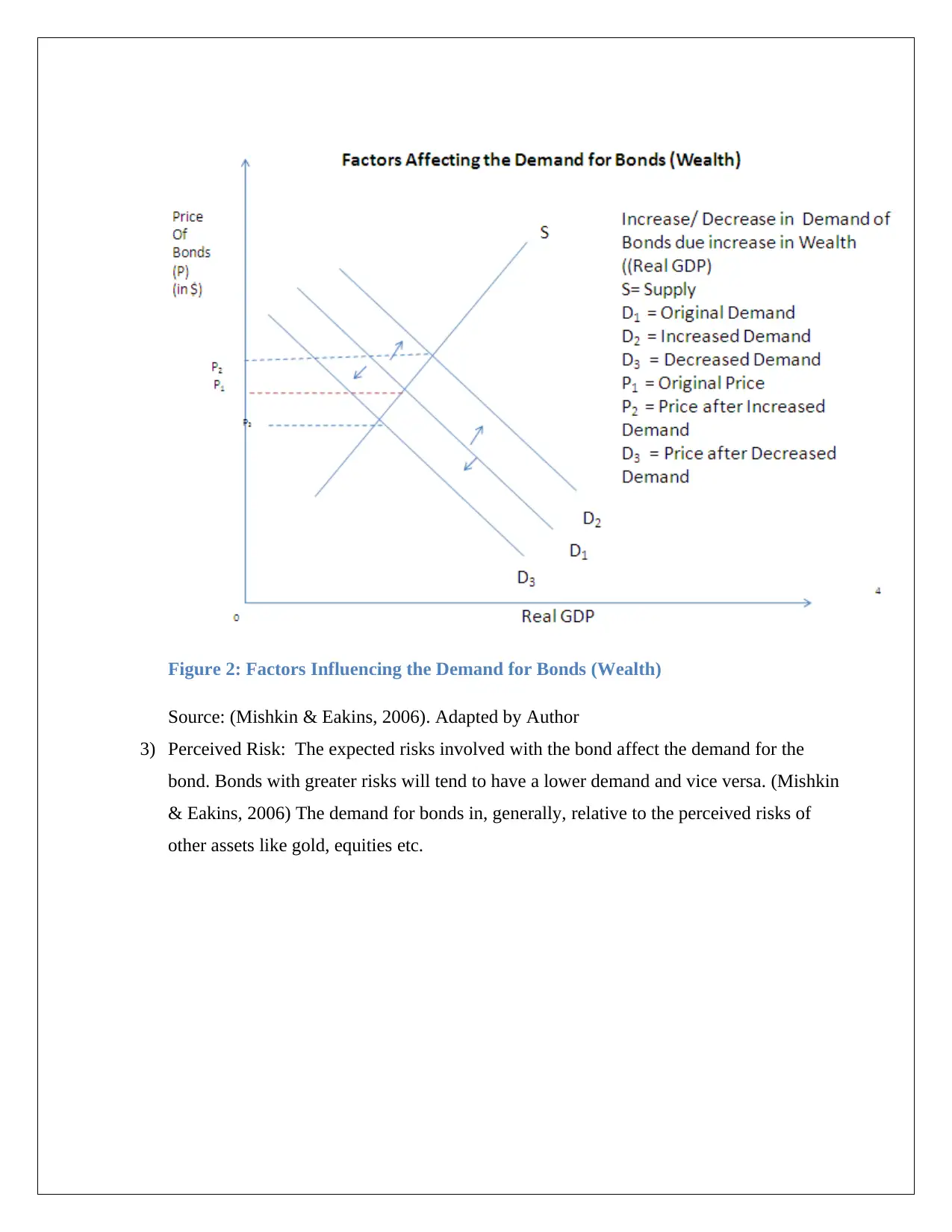
Figure 2: Factors Influencing the Demand for Bonds (Wealth)
Source: (Mishkin & Eakins, 2006). Adapted by Author
3) Perceived Risk: The expected risks involved with the bond affect the demand for the
bond. Bonds with greater risks will tend to have a lower demand and vice versa. (Mishkin
& Eakins, 2006) The demand for bonds in, generally, relative to the perceived risks of
other assets like gold, equities etc.
Source: (Mishkin & Eakins, 2006). Adapted by Author
3) Perceived Risk: The expected risks involved with the bond affect the demand for the
bond. Bonds with greater risks will tend to have a lower demand and vice versa. (Mishkin
& Eakins, 2006) The demand for bonds in, generally, relative to the perceived risks of
other assets like gold, equities etc.
⊘ This is a preview!⊘
Do you want full access?
Subscribe today to unlock all pages.

Trusted by 1+ million students worldwide
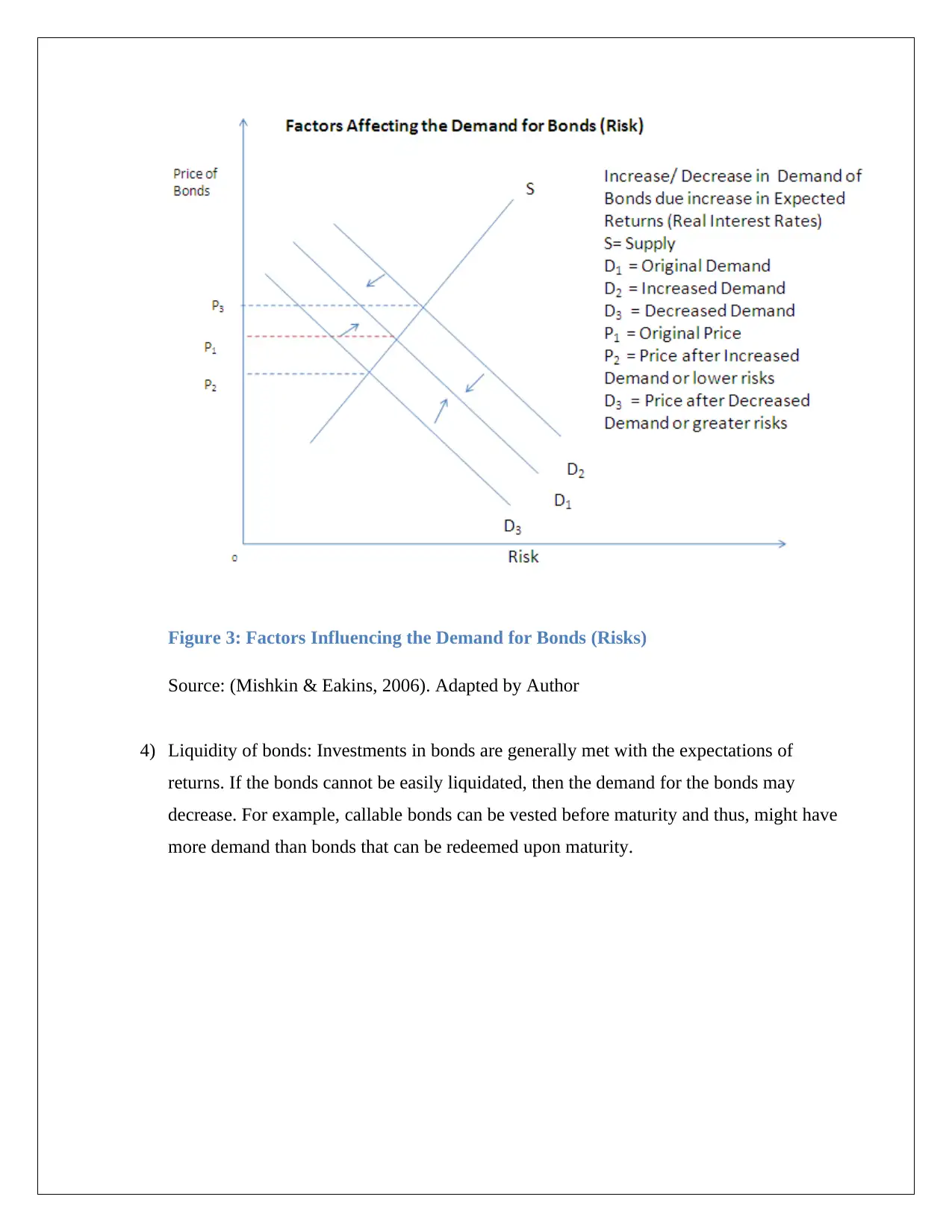
Figure 3: Factors Influencing the Demand for Bonds (Risks)
Source: (Mishkin & Eakins, 2006). Adapted by Author
4) Liquidity of bonds: Investments in bonds are generally met with the expectations of
returns. If the bonds cannot be easily liquidated, then the demand for the bonds may
decrease. For example, callable bonds can be vested before maturity and thus, might have
more demand than bonds that can be redeemed upon maturity.
Source: (Mishkin & Eakins, 2006). Adapted by Author
4) Liquidity of bonds: Investments in bonds are generally met with the expectations of
returns. If the bonds cannot be easily liquidated, then the demand for the bonds may
decrease. For example, callable bonds can be vested before maturity and thus, might have
more demand than bonds that can be redeemed upon maturity.
Paraphrase This Document
Need a fresh take? Get an instant paraphrase of this document with our AI Paraphraser
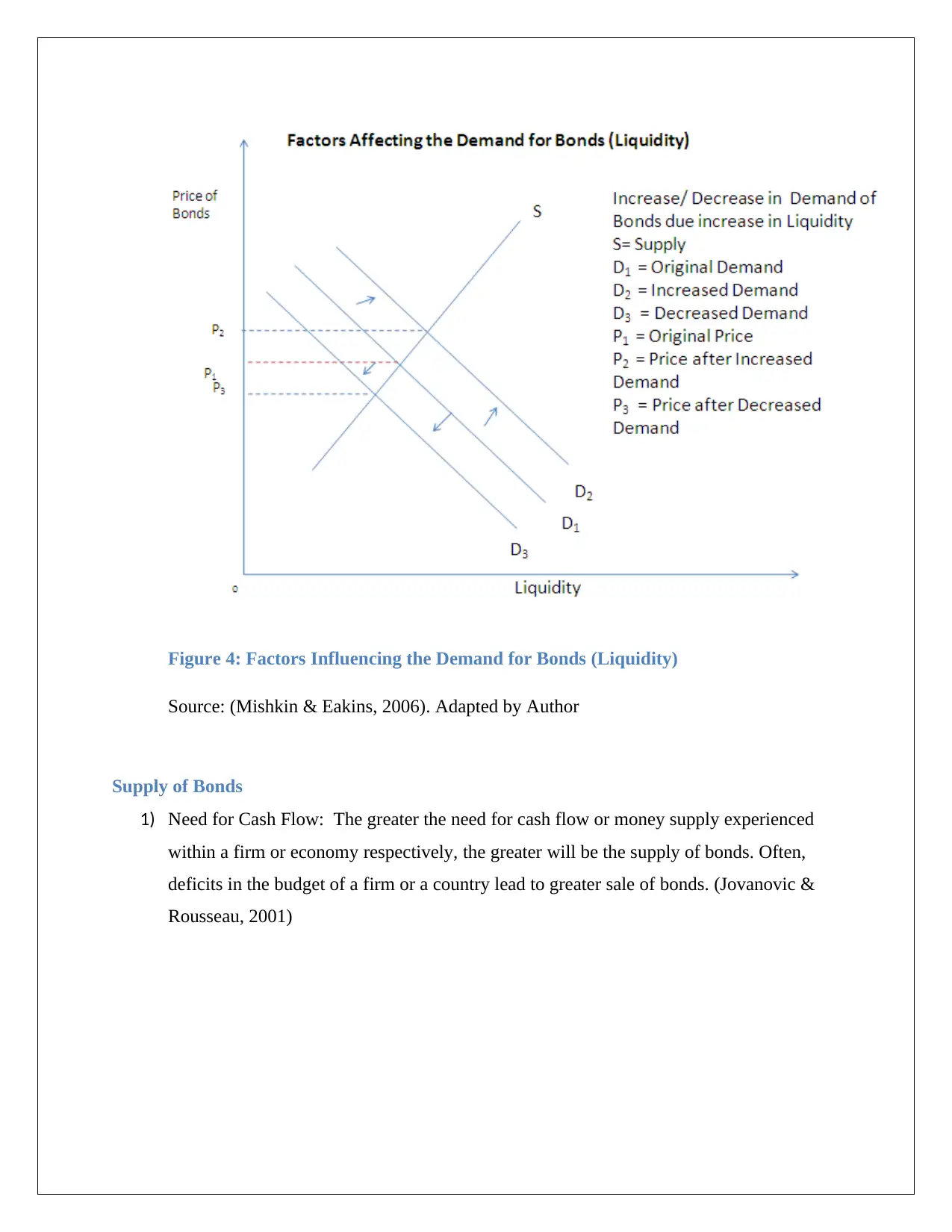
Figure 4: Factors Influencing the Demand for Bonds (Liquidity)
Source: (Mishkin & Eakins, 2006). Adapted by Author
Supply of Bonds
1) Need for Cash Flow: The greater the need for cash flow or money supply experienced
within a firm or economy respectively, the greater will be the supply of bonds. Often,
deficits in the budget of a firm or a country lead to greater sale of bonds. (Jovanovic &
Rousseau, 2001)
Source: (Mishkin & Eakins, 2006). Adapted by Author
Supply of Bonds
1) Need for Cash Flow: The greater the need for cash flow or money supply experienced
within a firm or economy respectively, the greater will be the supply of bonds. Often,
deficits in the budget of a firm or a country lead to greater sale of bonds. (Jovanovic &
Rousseau, 2001)
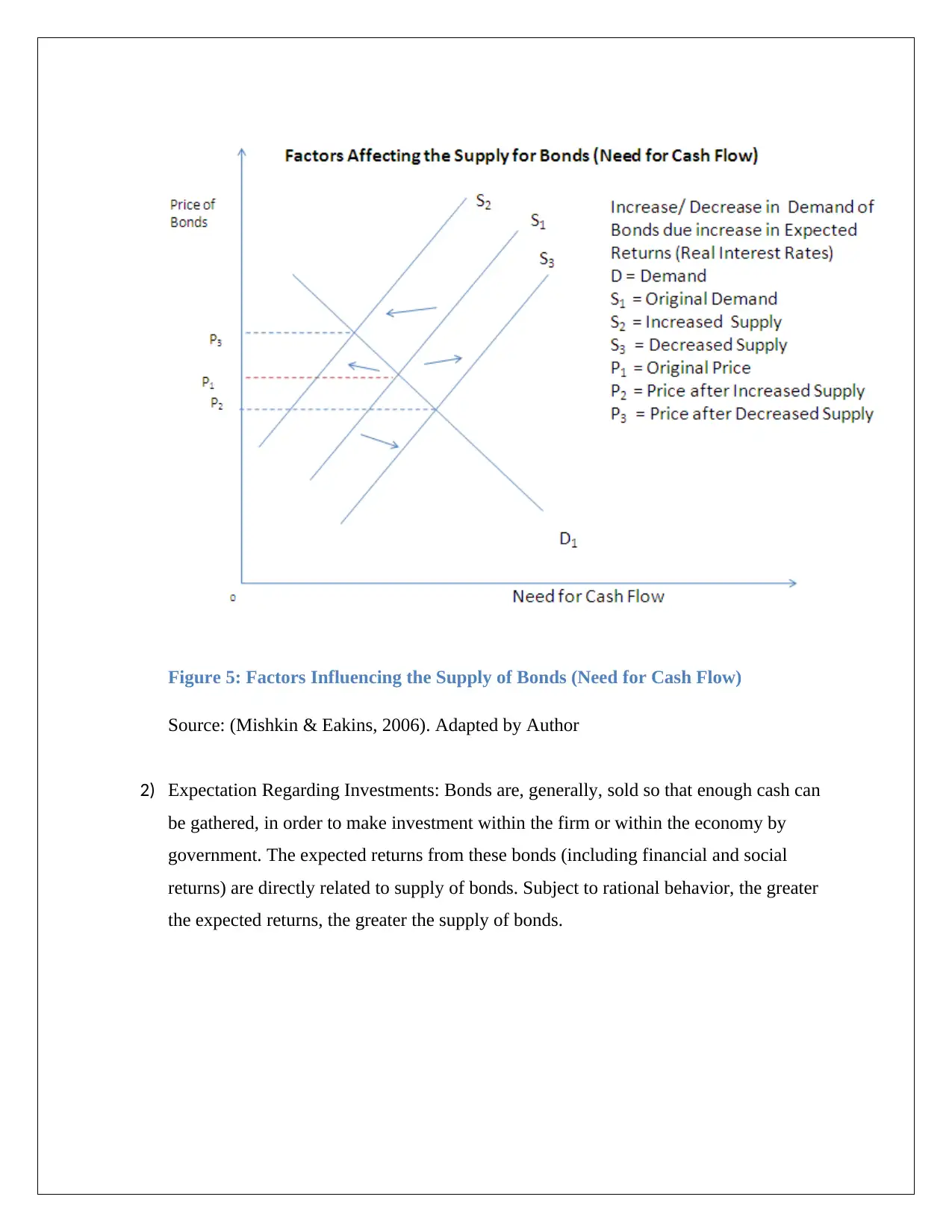
Figure 5: Factors Influencing the Supply of Bonds (Need for Cash Flow)
Source: (Mishkin & Eakins, 2006). Adapted by Author
2) Expectation Regarding Investments: Bonds are, generally, sold so that enough cash can
be gathered, in order to make investment within the firm or within the economy by
government. The expected returns from these bonds (including financial and social
returns) are directly related to supply of bonds. Subject to rational behavior, the greater
the expected returns, the greater the supply of bonds.
Source: (Mishkin & Eakins, 2006). Adapted by Author
2) Expectation Regarding Investments: Bonds are, generally, sold so that enough cash can
be gathered, in order to make investment within the firm or within the economy by
government. The expected returns from these bonds (including financial and social
returns) are directly related to supply of bonds. Subject to rational behavior, the greater
the expected returns, the greater the supply of bonds.
⊘ This is a preview!⊘
Do you want full access?
Subscribe today to unlock all pages.

Trusted by 1+ million students worldwide
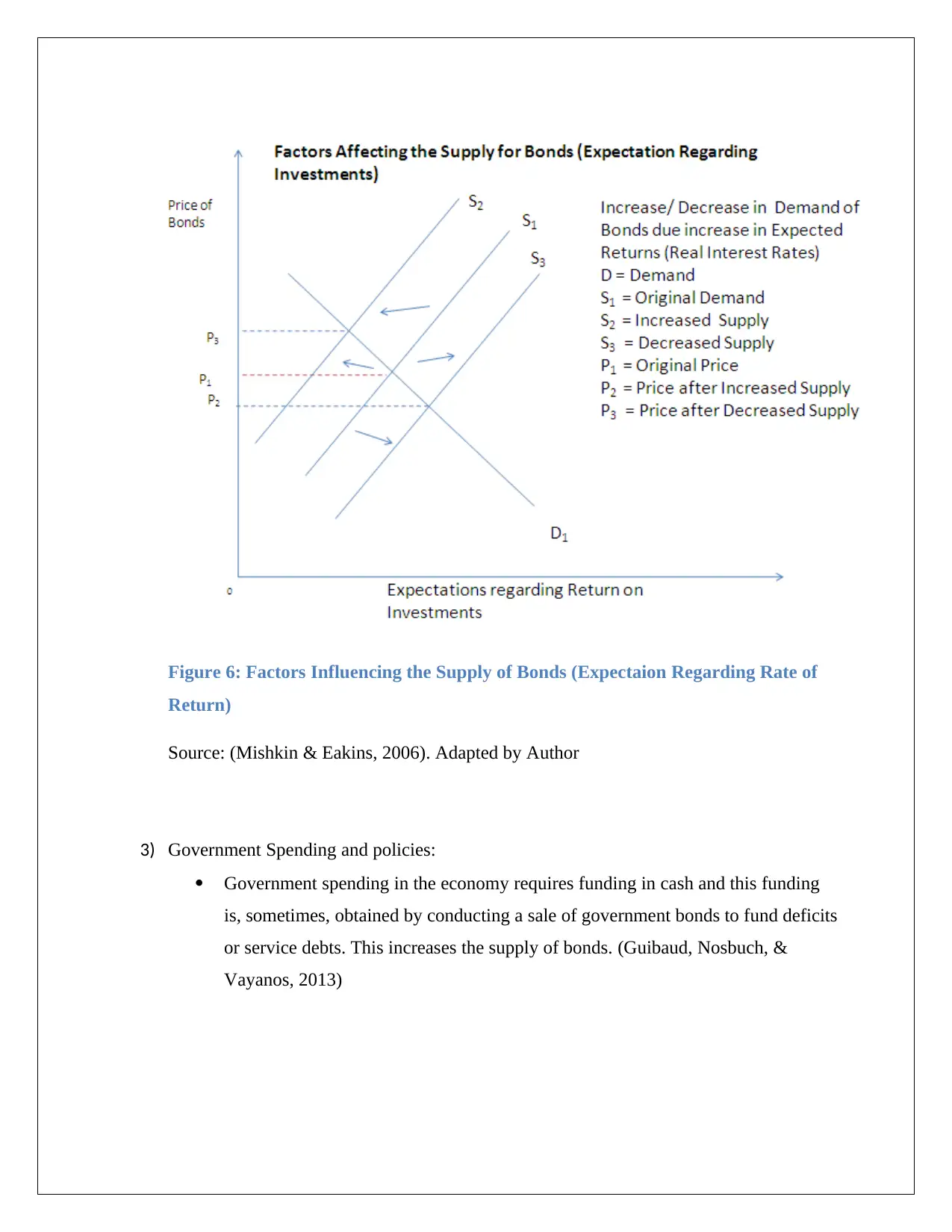
Figure 6: Factors Influencing the Supply of Bonds (Expectaion Regarding Rate of
Return)
Source: (Mishkin & Eakins, 2006). Adapted by Author
3) Government Spending and policies:
Government spending in the economy requires funding in cash and this funding
is, sometimes, obtained by conducting a sale of government bonds to fund deficits
or service debts. This increases the supply of bonds. (Guibaud, Nosbuch, &
Vayanos, 2013)
Return)
Source: (Mishkin & Eakins, 2006). Adapted by Author
3) Government Spending and policies:
Government spending in the economy requires funding in cash and this funding
is, sometimes, obtained by conducting a sale of government bonds to fund deficits
or service debts. This increases the supply of bonds. (Guibaud, Nosbuch, &
Vayanos, 2013)
Paraphrase This Document
Need a fresh take? Get an instant paraphrase of this document with our AI Paraphraser
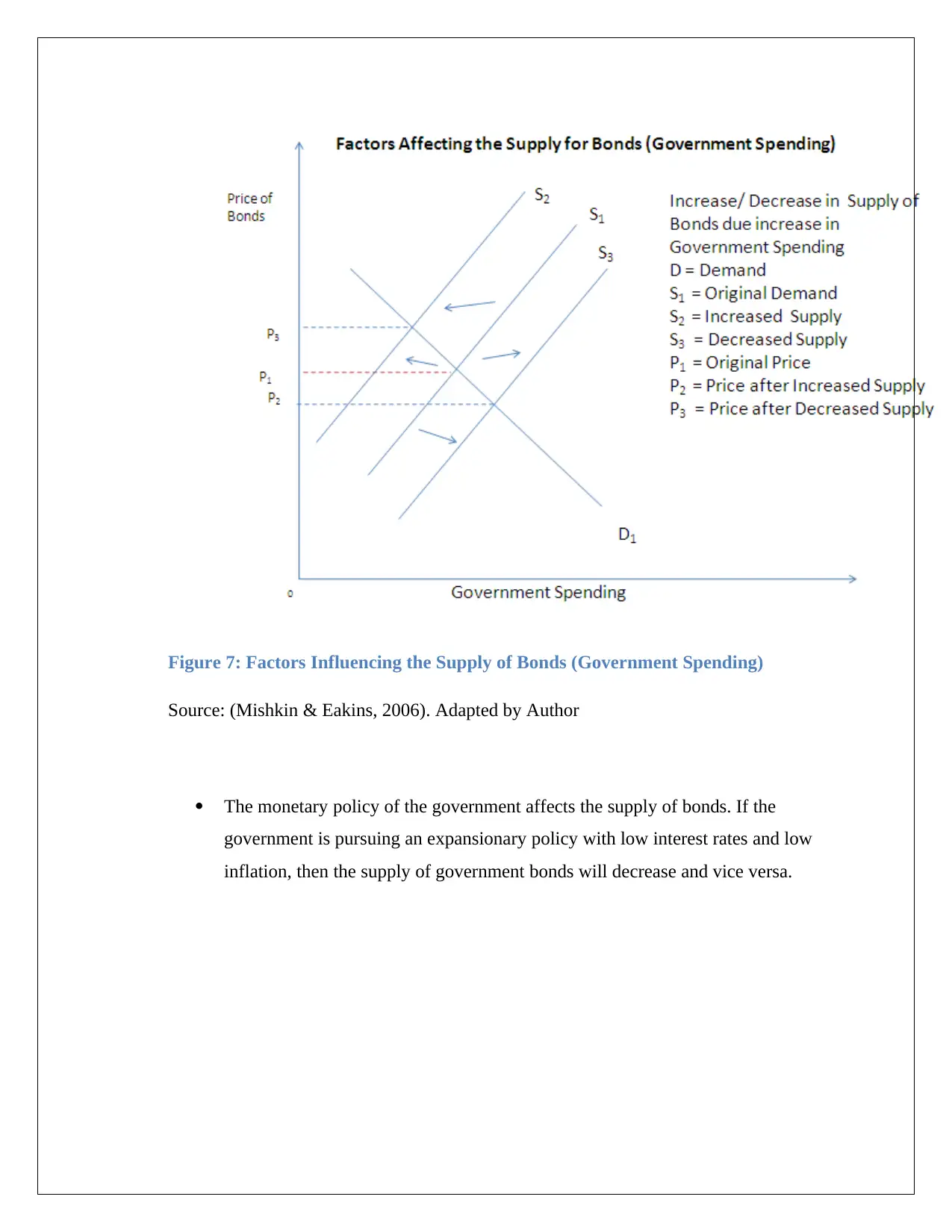
Figure 7: Factors Influencing the Supply of Bonds (Government Spending)
Source: (Mishkin & Eakins, 2006). Adapted by Author
The monetary policy of the government affects the supply of bonds. If the
government is pursuing an expansionary policy with low interest rates and low
inflation, then the supply of government bonds will decrease and vice versa.
Source: (Mishkin & Eakins, 2006). Adapted by Author
The monetary policy of the government affects the supply of bonds. If the
government is pursuing an expansionary policy with low interest rates and low
inflation, then the supply of government bonds will decrease and vice versa.
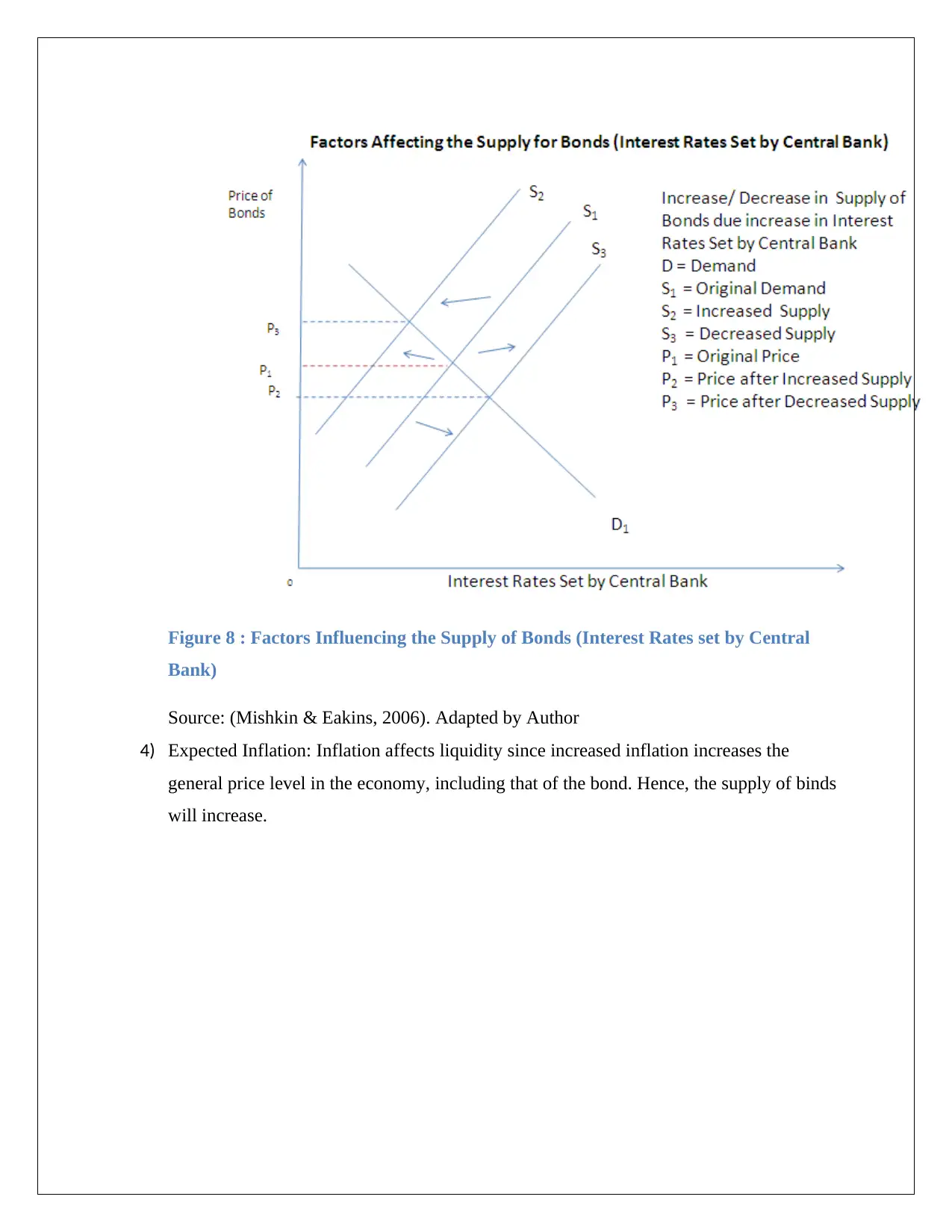
Figure 8 : Factors Influencing the Supply of Bonds (Interest Rates set by Central
Bank)
Source: (Mishkin & Eakins, 2006). Adapted by Author
4) Expected Inflation: Inflation affects liquidity since increased inflation increases the
general price level in the economy, including that of the bond. Hence, the supply of binds
will increase.
Bank)
Source: (Mishkin & Eakins, 2006). Adapted by Author
4) Expected Inflation: Inflation affects liquidity since increased inflation increases the
general price level in the economy, including that of the bond. Hence, the supply of binds
will increase.
⊘ This is a preview!⊘
Do you want full access?
Subscribe today to unlock all pages.

Trusted by 1+ million students worldwide
1 out of 14
Related Documents
Your All-in-One AI-Powered Toolkit for Academic Success.
+13062052269
info@desklib.com
Available 24*7 on WhatsApp / Email
![[object Object]](/_next/static/media/star-bottom.7253800d.svg)
Unlock your academic potential
Copyright © 2020–2025 A2Z Services. All Rights Reserved. Developed and managed by ZUCOL.




